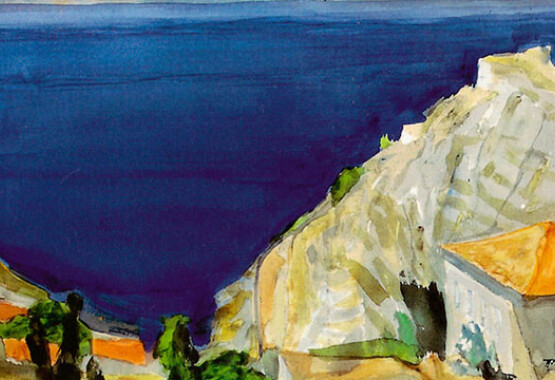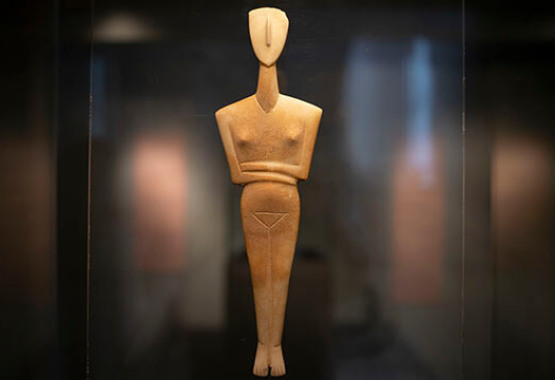
SAMOS
Thanks to the trading advantages (reduced rates of taxation) that Samos enjoyed before its annexation to Greece, the Samian tanned leathers were exported to many international destinations, and the local tanneries flourished until circa 1930. After that time, they gradually became unable to compete with the large industrialised leather businesses, and that led to their decline and closure. Today, the remains of these buildings and the Tanning Museum catch the visitors’ attention and provide insight into this older prosperous period for Samos Island.
Samos Tanning Museum
The Samos Tanning Museum is the only one of its kind in Greece. It is housed in an old stone-built tannery in Karlovasi town, Samos Island.
In the past, the island was known for its sole leather craftsmen. The first small family-run tanneries opened in Vathy district, by the like-named harbour. Business however did not prosper, due to the noise, odour, and waste products of the tanneries. They moved to the Karlovasi area during the last quarter of the 19th century, and, since then, business boomed until 1950. A gradual decline started after that, and they closed down at the end of the 20th century.Thanks to the trading advantages (reduced rates of taxation) that Samos enjoyed before its annexation to Greece, the Samian tanned leathers were exported to many international destinations, and the local tanneries flourished until circa 1930. After that time, they gradually became unable to compete with the large industrialised leather businesses, and that led to their decline and closure. Today, the remains of these buildings and the Tanning Museum catch the visitors’ attention and provide insight into this older prosperous period for Samos Island.


















